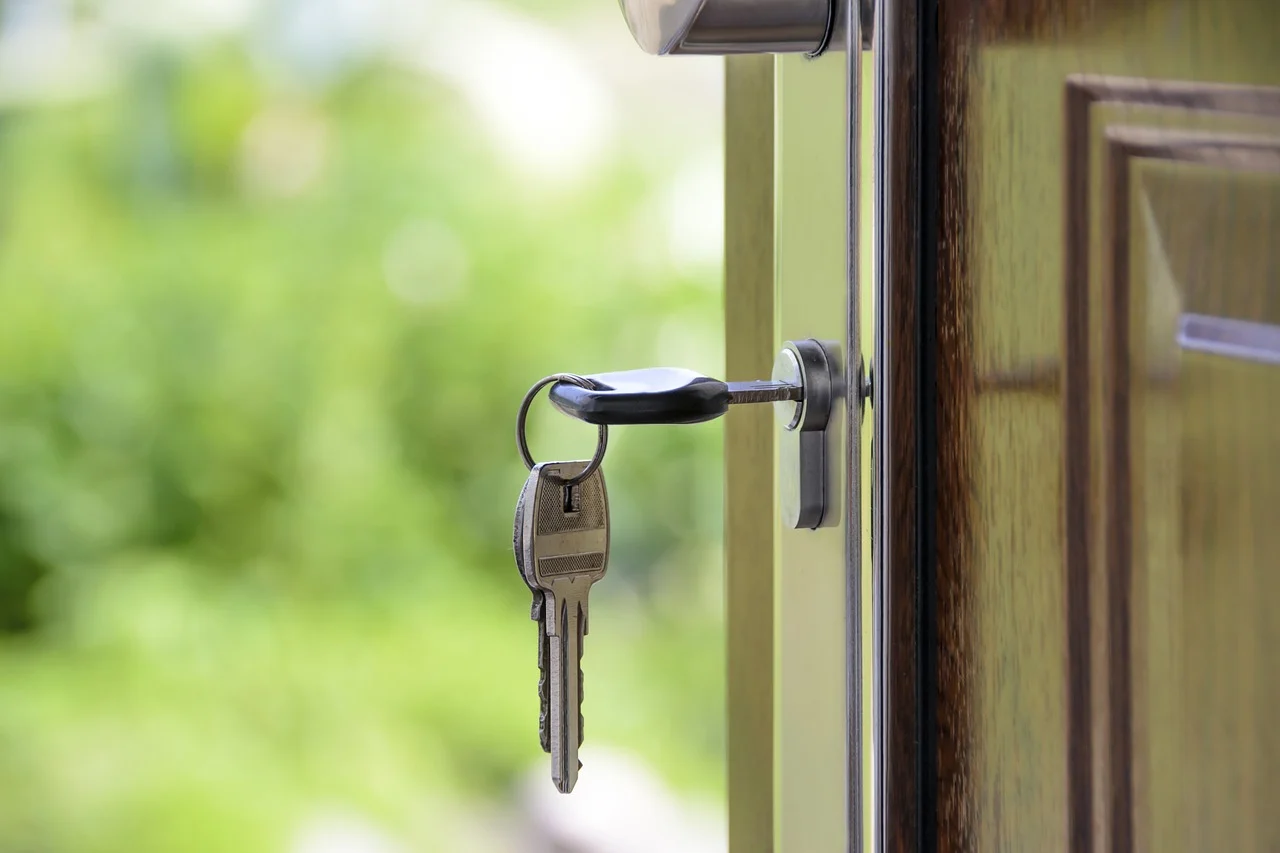What the COVID-19 Recession Means for the Housing Market

It was very early in the pandemic when fears of economic recession started to circulate. Though at this time we were only just beginning to see the potential impact of COVID-19 for what it was, it was rapidly becoming clear that lockdowns and shuttered industries could lead to drastic financial consequences. This led to a lot of questions about recession, some of which revolved around the housing market.
The interesting thing, as WTOP News pointed out back in March, is that it was the housing market that sparked the last recession. As a result, it’s easy for us to equate the very word “recession” with crashes in housing. But with this recession having been brought about instead by a worldwide viral outbreak, what exactly are the implications for the housing market?
Let’s start with what we’ve already witnessed in 2020. Almost miraculously, or at least counter to the vast majority of expectations, the housing market surged over the summer. According to ABC News, in fact, the summer months brought about the highest level of U.S. home sales in a more than a decade, despite virtually unprecedented unemployment and various other bleak economic signs. It’s not a stretch to say that the housing market has been the single aspect of the U.S. economy that has withstood the pandemic most effectively.
So, why was this able to happen?
One of the main factors was undoubtedly the Federal Reserve’s decision to slash interest rates not long after the pandemic began to affect the U.S. As is explained in detail by FXCM, this is a fairly typical step for central banking authorities to take during recessions. They tend to cut interest rates in recession, and raise them during economic expansion. In this case, the Fed followed the pattern and cut rates, effectively making it easier for individuals to enter borrowing agreements — like mortgages — without subjecting themselves to crippling repayment rates. This preserved the ability of buyers to borrow, and helped to prop up home sales.
Another enormous factor appears to have been millennial enthusiasm for home buying. The Wall Street Journal wrote in August that this generation — which has famously been averse to buying property — helped to power the rebound by suddenly flocking to home ownership. According to that write-up, millennials now account for more than half of all new home loans. They simply didn’t seem to slow down despite the recession.
This is very positive for U.S. housing, and speaks to why this sector of the economy has been so resilient. And while the impact and consequences of COVID-19 are not yet behind us, we can now look ahead to the end. And in doing so, it now appears likely that the housing market will have made it through the crisis in remarkably good shape, all things considered.
That’s not to say negative effects aren’t possible. For example, consider our piece ‘COVID-19 Impact on U.S. Hard Money Lenders’ where we did mention that a lot of lenders had to close up shop due to the pandemic. This is the kind of thing that serves as a long-term warning sign even for a market that’s currently showing strength. If some or even many of these lenders don’t make it back to business, parts of the real estate market dependent on investors (who in turn depend on lending to buy and flip homes) will suffer.
With that one conceivable drawback noted though, it’s difficult to look at circumstances right now and draw any conclusion but that the housing market has remained in good shape. For all of the reasons outlined above, it has been arguably the most successful aspect of the U.S. economy in coping with the pandemic, and as a result it looks as if COVID-19 will ultimately come and go without having caused a housing crisis — as many would have predicted it would.


